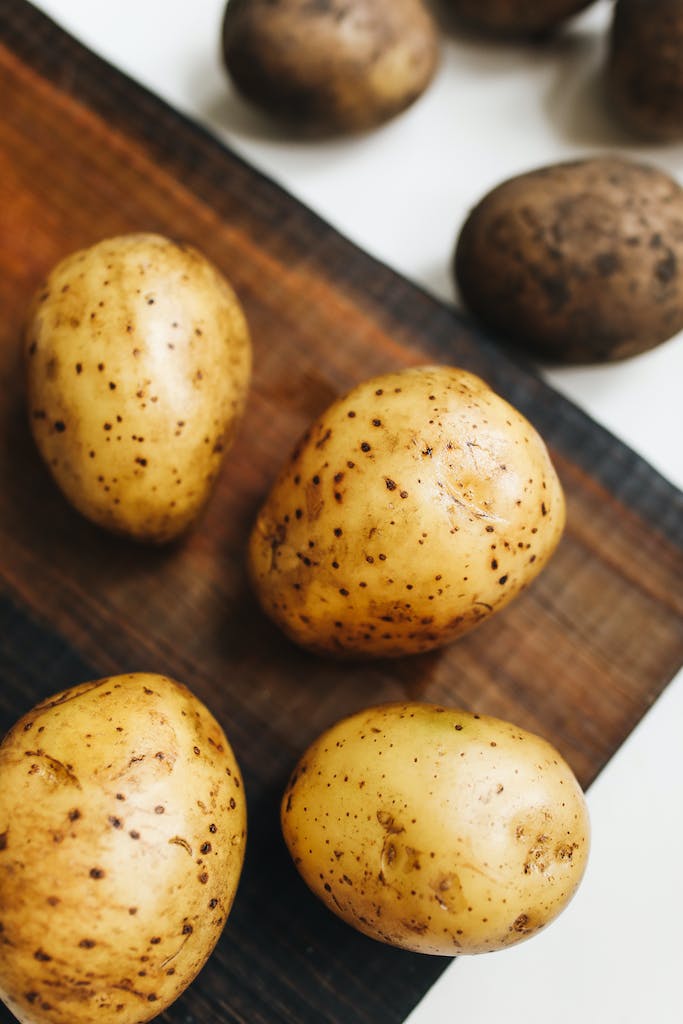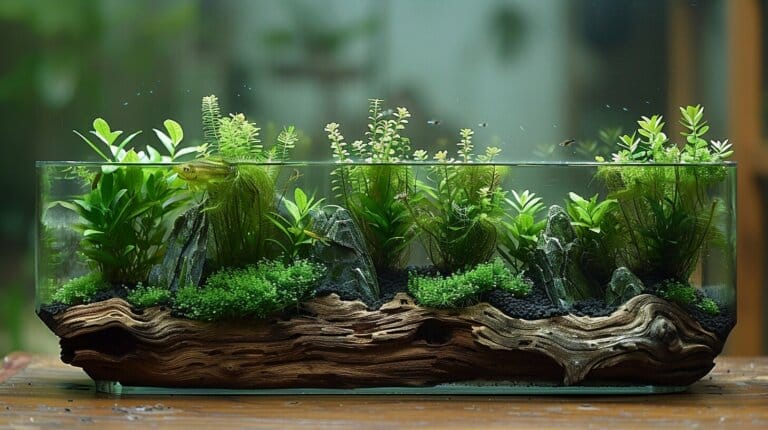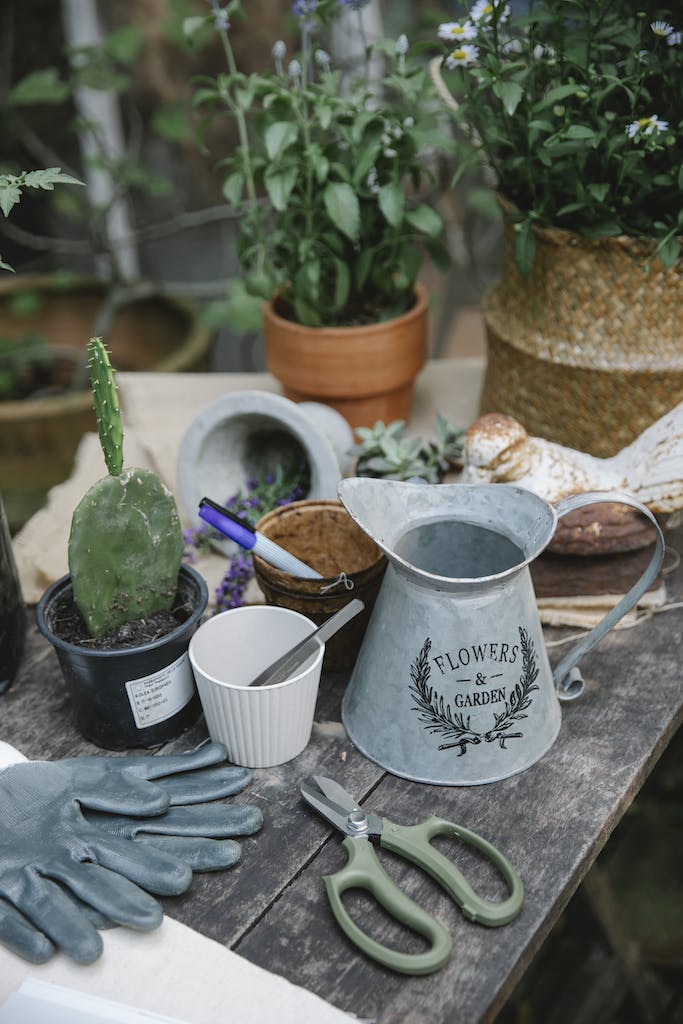Growing a Potato Plant Indoors: Tips for Successful Indoor Cultivation
Ever fantasized about cultivating your own potatoes or sweet potatoes from the cozy environment of your own home? Good news, we have the perfect guide for you on indoor potato growing. If you adhere to our tested and successful tips and techniques, you’ll be well on your journey to successfully nurturing a potato or sweet potato plant inside your home.
From selecting the perfect container to ensuring proper lighting with grow lights and watering, we’ll cover all the essentials you need to kickstart your indoor potato cultivation journey.
You’ll learn how to create an environment where potatoes grow best without leaves that turn yellow. So, are you ready to witness the magic of nature unfold as you plant potatoes under a grow light in your own home?
Key Takeaways
- Choose seed potatoes with sprouting eyes for indoor planting success.
- Use containers with proper drainage to prevent waterlogging issues.
- Maintain consistent moisture and proper sunlight exposure for healthy growth.
- Harvest and store indoor-grown potatoes carefully for long-term enjoyment.
Understanding the Basics of growing a potato plant indoors

Growing potatoes are ideal candidates for indoor growth due to their adaptability to container gardening and relatively low maintenance requirements. When cultivating a potato plant indoors, it’s crucial to understand the growing conditions necessary for a successful harvest.
Begin by selecting seed potatoes with sprouting eyes or using ones from the supermarket.
Cut these potatoes into chunks, making sure each piece has at least one sprout, and allow them to heal for a few days before planting. Potatoes require proper hilling process, especially when grown indoors in containers or grow bags. Plant the potato chunks with the sprouts facing up, ensuring they receive sufficient sunlight in full sun.
Preparation on Growing a Potato Plant Potatoes Indoors: Essential Supplies
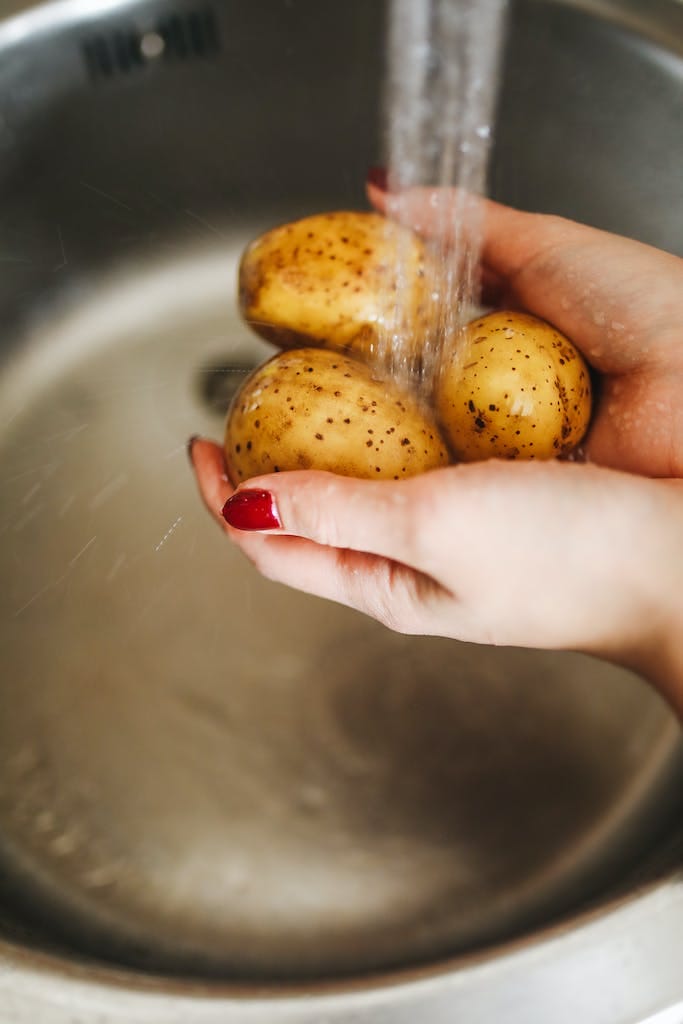
When preparing to grow potatoes indoors, ensuring you have the right potting soil is crucial for successful cultivation. Here are some essential supplies you’ll need:
- Potting Soil: Select a high-quality potting mix that’s well-draining and nutrient-rich. Potatoes thrive in loose, well-draining soil that allows for proper root development and prevents waterlogging.
- Drainage: Choose a container with adequate drainage holes to prevent water from accumulating at the bottom.
- Lighting Conditions: Consider the lighting conditions in your indoor space. While natural light is ideal for potato plants, supplementing with grow lights can help ensure your plants receive the necessary amount of light for healthy growth.
- Additional Supplies: In addition to potting soil, drainage containers, and proper lighting, gather other essential supplies such as seed potatoes, a watering can or spray bottle, and fertilizer suitable for root vegetables.
Step-by-Step Guide to Planting Potatoes Indoors
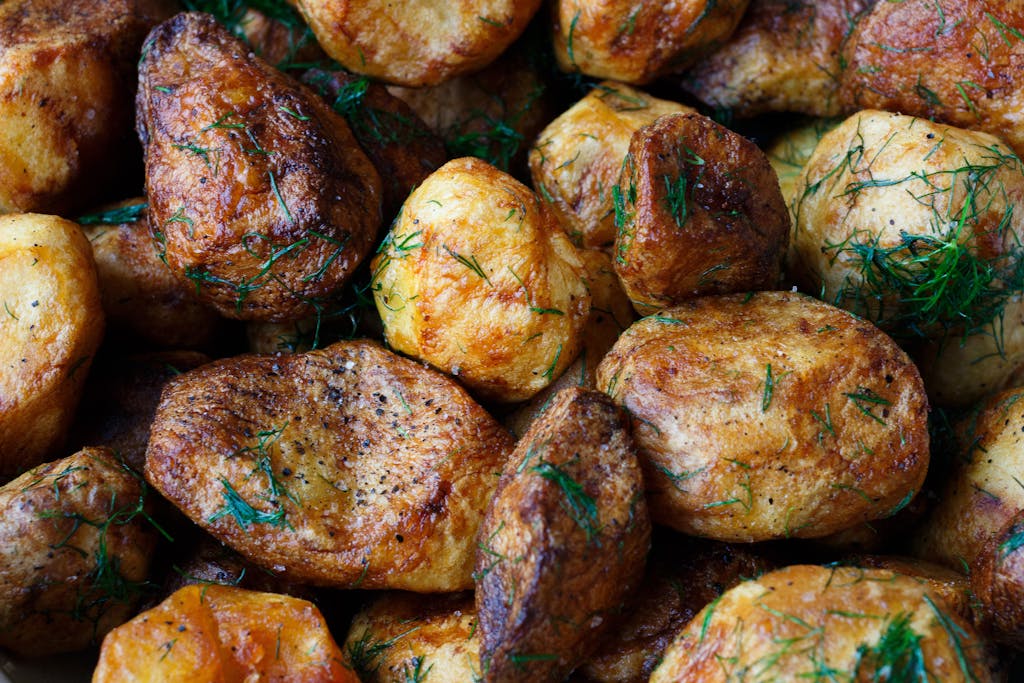
With the necessary supplies gathered and a suitable container chosen, we’re ready to begin the process of planting indoor potatoes. As a gardening expert or professional gardener would advise, follow these steps:
- Prepare Seed Potatoes: Cut the seed potatoes or potato seeds of your chosen varieties into chunks with sprouting eyes and allow them to heal in a cool, dry place for a few days before planting to reduce the risk of rot and pests and diseases.
- Planting: Place the potato chunks with the cut side down and sprouts facing up at a depth of around 4 inches in the soil. Proper planting depth with sufficient inches of soil is crucial for healthy growth of indoors potatoes.
- Watering: Water the soil thoroughly after planting and ensure the soil remains moist but not waterlogged. Check the soil regularly and water as needed. Consistent watering is key to successful indoor potato cultivation.
- Lighting: Place your container in a sunny location or sunny spot that receives at least 6-8 hours of sunlight daily. If natural light is insufficient, consider using grow lights as a supplemental light source to provide the necessary light for your indoor plants to grow.
- Fertilizing: Once the plants start sprouting and have grown a few inches, begin fertilizing every two weeks with a balanced fertilizer to provide the necessary nutrients for healthy plant development.
Recognizing and Addressing Common Problems in Indoor Potato Growth

After successfully planting our potatoes indoors in a suitable container with well-draining potting mix and ensuring proper watering and fertilization according to the potato variety’s needs, it’s important to be able to recognize and address common problems that may arise during the growth process.
- Yellowing Leaves: Yellowing leaves can indicate issues such as nutrient deficiencies, overwatering, or pests. Check the soil moisture levels, adjust the watering schedule if needed, and consider providing a balanced organic fertilizer to replenish essential nutrients.
- Pests and Diseases: Common pests like aphids, spider mites, and potato beetles, as well as diseases such as late blight and early blight, can affect indoor potato growth. Inspect the plants regularly for any signs of pests or diseases.
- Poor Growth or No Tubers: Insufficient sunlight, overcrowding in the container, or improper watering can lead to poor growth or no tubers.
- Stunted Growth: Compacted soil, inadequate nutrients, or temperature fluctuations can result in stunted growth. Loosen the soil around the roots, feed the plants with a balanced fertilizer, and maintain a consistent temperature to support optimal growth.
Remember to regularly check the soil moisture levels, water when the top inch of soil feels dry, and provide support for the plant as it grows taller. When the plant reaches about 6 inches tall, add more potting mix to cover the stem, leaving only the top leaves exposed.
Can Indoor Vine Plants and Potato Plants Be Grown Together Successfully?
Yes, indoor vine plants and potato plants can be grown together successfully. To ensure they thrive, follow these indoor vine plant identification tips. Choose varieties like pothos or philodendron that don’t require direct sunlight. Position the vine plants near a window and the potato plants in a separate area with ample light.
Harvesting and Storing Your Indoor-Grown Potatoes

Harvesting your potatoes at the right time ensures optimal taste and texture. You’ll know they’re ready when the plants turn yellow. Once harvested, curing and storing sprouted potatoes properly will extend their longevity, preventing diseases and pests.
To help you navigate the process, here are some tips for harvesting, curing, and storing your indoor-grown potatoes:
- Harvesting: When the potato plants have turned yellow and died back, stop watering and wait a week before harvesting. Carefully dig up the potatoes, taking care not to damage them. You can start growing your next seed potato or sprouted potato batch in the same large container once you harvest potatoes.
- Curing: After harvesting, brush off excess soil and let the potatoes cure in a cool, dark place with good air circulation for about two weeks. This helps to thicken their skins and heal any minor damage, extending their storage life.
- Storing: Store your cured potatoes in a cool, dark, and well-ventilated area with temperatures between 45-50°F (7-10°C). Place them in perforated bags or breathable containers to prevent moisture buildup. Properly stored potatoes can last for several months.
Remember, when growing potatoes indoors, it’s essential to use a deep container with drainage holes in the bottom and add more soil as the plants grow taller, covering the stem and leaves to encourage more tuber production. This method, along with proper harvesting, curing, and storing techniques, will help you enjoy your homegrown potatoes for months to come.
Conclusion
So, are you ready to start your indoor potato growing adventure? With the right supplies, proper care, and a little bit of patience, you can successfully cultivate your own potatoes right in your home.
From planting to harvesting, the process is both rewarding and fulfilling. So, roll up your sleeves, get your hands dirty, and enjoy the satisfaction of growing your own delicious and nutritious potatoes indoors. Happy gardening!
Frequently Asked Questions
How to start growing potatoes indoors
We grow potato plants indoors by starting with seed potatoes, cutting them into chunks with sprouting eyes, and planting them in a container with good drainage. Ensure sunlight and water, and harvest new potatoes every few months for a continuous supply.
How long will it take to get a harvest of potatoes grown indoors?
For the best yield, choose high-yielding varieties, provide ample sunlight or artificial light, space plants properly, fertilize regularly, and monitor soil moisture. Following these steps ensures healthy growth and maximum harvest potential indoors.
Can I grow potatoes indoors without soil?
Potatoes make excellent house plants. They require sunlight, well-draining soil, and regular watering. With proper care, they can thrive indoors and even provide a harvest. Growing them can be a fun and rewarding experience for all.
How Often Do You Water Indoor Potato Plants?
Water indoor potato plants when the top inch of soil feels dry. Avoid overwatering to prevent issues like root rot. Adjust watering based on factors like temperature and humidity to keep the plants healthy.

